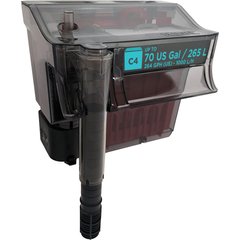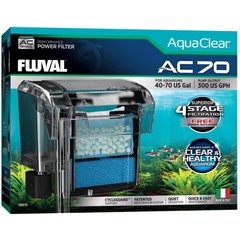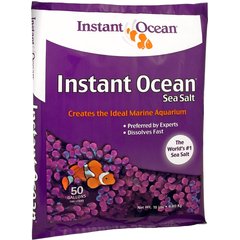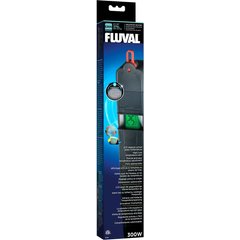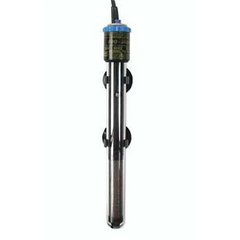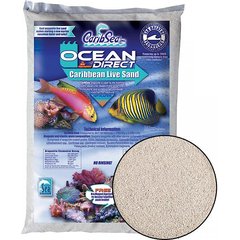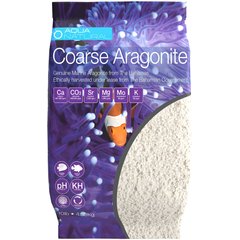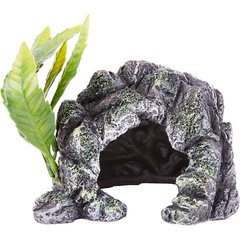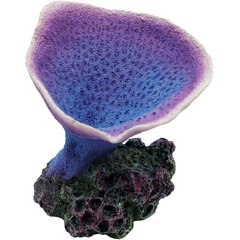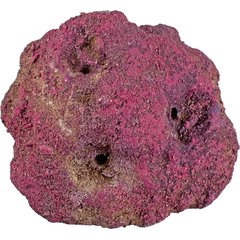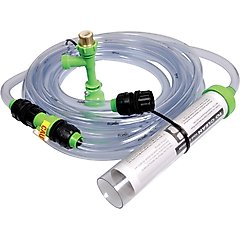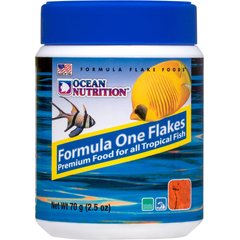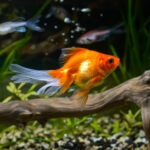Clownfish Care Sheet
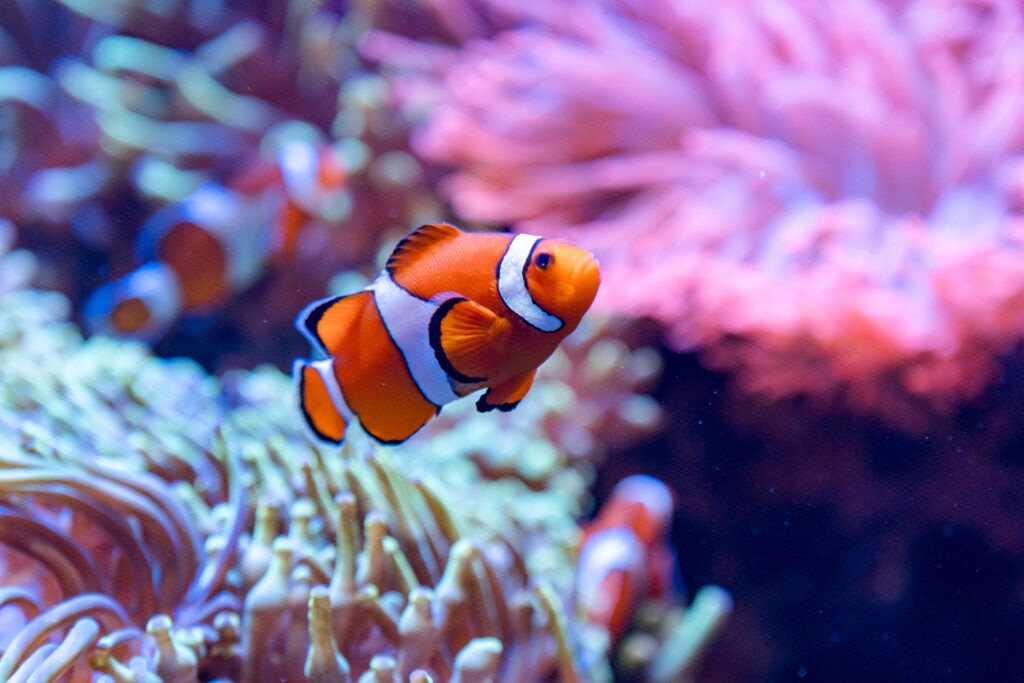
Photo by Liubou Zubekhina/iStock/Getty Images Plus
Clownfish are one of the most popular saltwater pet fish. They are easily recognizable with their signature orange and white stripes. If you’re thinking about getting a pet clownfish or have recently gotten one, here’s what you need to ensure they have a long and healthy life.
Clownfish Overview
- A clownfish can live 20 years or more with proper care.
- Some clownfish species can get as big as 4–4.5 inches.
Fun Facts About Clownfish
- Clownfish can lay as many as 1,500 eggs.
- Clownfish are born male. When they mature and pair off, the dominant fish becomes female.
- Clownfish live together with sea anemones in the ocean, using them as a natural house.
Clownfish Aquarium
A pair of percula clowns or similar smaller species will do great in the HelloReef Clownfish kit or a similar–sized aquarium.
Recommended Product
Larger species like maroon clowns will need more space.
It’s best to keep either a single clownfish or a pair. Clownfish change sex as they mature, so if you start with two immature fish they’ll always grow into a pair.
It’s a good idea to get the biggest tank possible when building a saltwater tank, since water conditions can change faster in smaller enclosures. Keep the aquarium away from direct sunlight and air conditioners.
Recommended Product
For more advanced aquarists, consider building a living reef aquarium, as clownfish naturally live in anemones in the ocean.
Some clownfish shouldn’t have tankmates, so make sure you know which species you have before bringing in other fish. Maroon clowns and tomato clowns can be aggressive, while skunk clowns and percula clowns are usually calm. In most cases, clownfish are compatible with damsels, basslets, angelfish, hawkfish, puffers, and blennies, among others.
If you choose to mix different types of fish, be sure to do your research and watch carefully for any aggression or injury, especially in the first few weeks.
Water and Filtration
Your filtration system depends on your aquarium size. You generally want a filter that can process water at least five times every hour.
Recommended Products
If you can’t find one that matches your needs, size up to get the larger filter system.
With saltwater fish, you’ll need to add marine salt to the aquarium, like Instant Ocean Sea Salt for Aquariums.
Recommended Product
As you set up your tank, add small amounts of marine salt until the water’s specific gravity is between 1.020 and 1.025. Specific gravity readings shouldn’t change more than 0.001 up or down within 24 hours.
You can use a hydrometer or refractometer to measure the salt concentration and specific gravity of the water.
Keep temperatures between 74–80 F and install an aquatic water heater so the tank stays within the ideal range for your clownfish. Water temperatures shouldn’t fluctuate more than 2 degrees in a day.
Recommended Products
Many modern heaters come with built-in thermostats. If yours doesn’t, you can add an aquarium thermostat to your enclosure.
Be sure to set up the tank well in advance of getting fish. It will take a while for the salt to dissolve and the temperature to stabilize.
Decor
Line the enclosure with up to an inch of crushed coral or similar substrate designed for marine tanks.
Recommended Products
How much substrate you use depends on your tank dimensions. For the most part, you’ll need 1.5 pounds of substrate for every gallon of water in the tank.
If you’re using an inert substrate (does not chemically react with the water), rinse the gravel or sand with clean water before adding it to the tank. If you’re using a bioactive substrate do not rinse, as this can kill beneficial bacteria the substrate is seeded with.
Your clownfish will want to swim, hide, and play. Many like hiding in caves and coral, so consider adding a few different hiding spots to your enclosure.
Recommended Products
You can also add live rock, which plays a dual role: it acts as a hiding spot and a natural biological filter. Add other decorations like plants and other rocks as you like.
Recommended Products
Cleaning
Routine water changes every week or two help maintain your aquarium’s condition—this means replacing no more than 10%–20% of the enclosure’s total water volume each time.
Use a gravel vacuum to get debris out of the substrate. Avoid draining and replacing all the water at once, as fluctuating water parameters are stressful to fish.
Recommended Product
Make up your replacement saltwater ahead of time and make sure the salinity, pH, and temperature match your tank.
Thoroughly clean the tank monthly. Don’t move your fish during cleanings, as it could cause stress.
To clean your saltwater fish tank, follow these steps:
- Use a soft sponge or scrubber to scrape the inside walls. Or for acrylic tanks, use tools made specifically for those enclosures.
- If any of the decor has algae buildup, you can gently scrub with an aquarium-safe brush. Algae is generally not detrimental to the fish.
- Perform a partial water change as described above.
- Clean any filter socks, rollers, and sponges in the system.
- For the outside walls, use an aquarium-safe cleaner. Avoid household cleaners, as they have chemicals that are toxic to fish.
What Do Clownfish Eat?
Feed your clownfish small amounts of fish food two to three times daily. Feed them only what they can eat within two minutes. Remove uneaten food daily.
Recommended Products
Clownfish can eat flakes, pellets, or frozen food if it’s fully thawed before feeding. It’s nice to keep various options available to give your pet a balanced diet.
Clownfish Health
Watch for signs of a healthy fish, including maintaining their bright colors, intact fins with a full range of motion, swimming normally, and a big appetite. Pay attention if you notice anything out of the ordinary, including:
- Abnormal swimming pattern, like frequently staying at the top or bottom of the tank or circling
- Lethargic swimming
- Rapid breathing
- Color change in gills
- Decreased appetite
- White growths or spots
Your local fish store can be a great resource for advice if your clownfish doesn’t seem to be acting normally.
Clownfish Supply Checklist
Before you bring your clownfish home, make sure you have all supplies at the ready, including:
- Aquarium, sized accordingly
- Appropriate food (dry and frozen)
- Marine substrate and decor
- Water conditioner and test kit
- Marine aquarium salt
- Filter, heater, and thermometer
- Full-spectrum lighting
- Net and protein skimmer
- Refractometer
- Live rock, coral, plants, and other rock
FAQs About Clownfish
How many types of clownfish are there?
There are 30 different types of clownfish. While the percula and ocellaris clownfish are the most popular, many other colors and varieties exist.
Where do clownfish live?
Clownfish prefer to live in warm, tropical climates. Many are found on coral reefs in the Pacific and Indian oceans.
Can clownfish change gender?
Yes. All clownfish are born male. When two clownfish pair up, the dominant one turns female.
How long do clownfish live?
With proper care, clownfish can live close to 20 years or longer.


